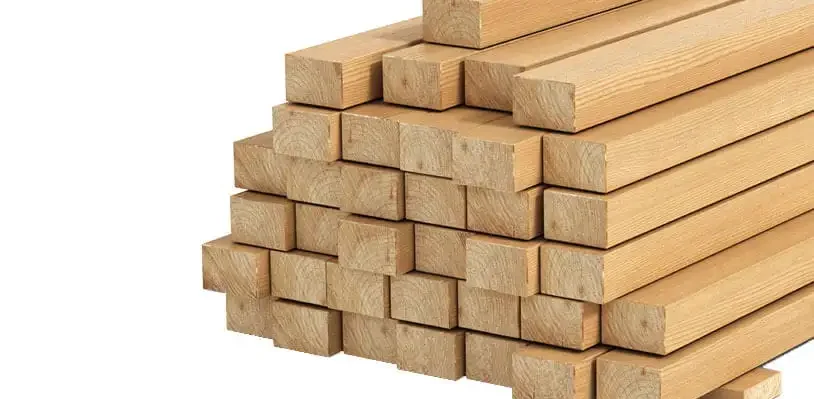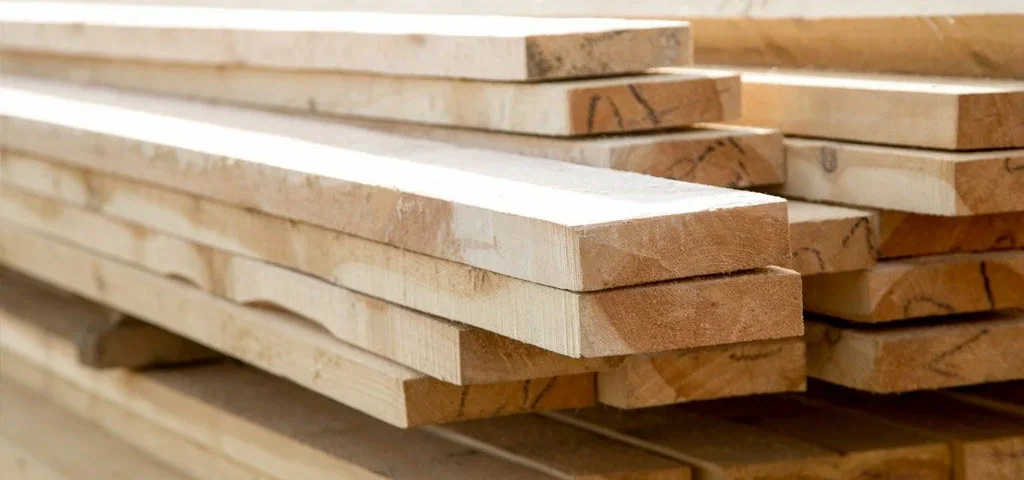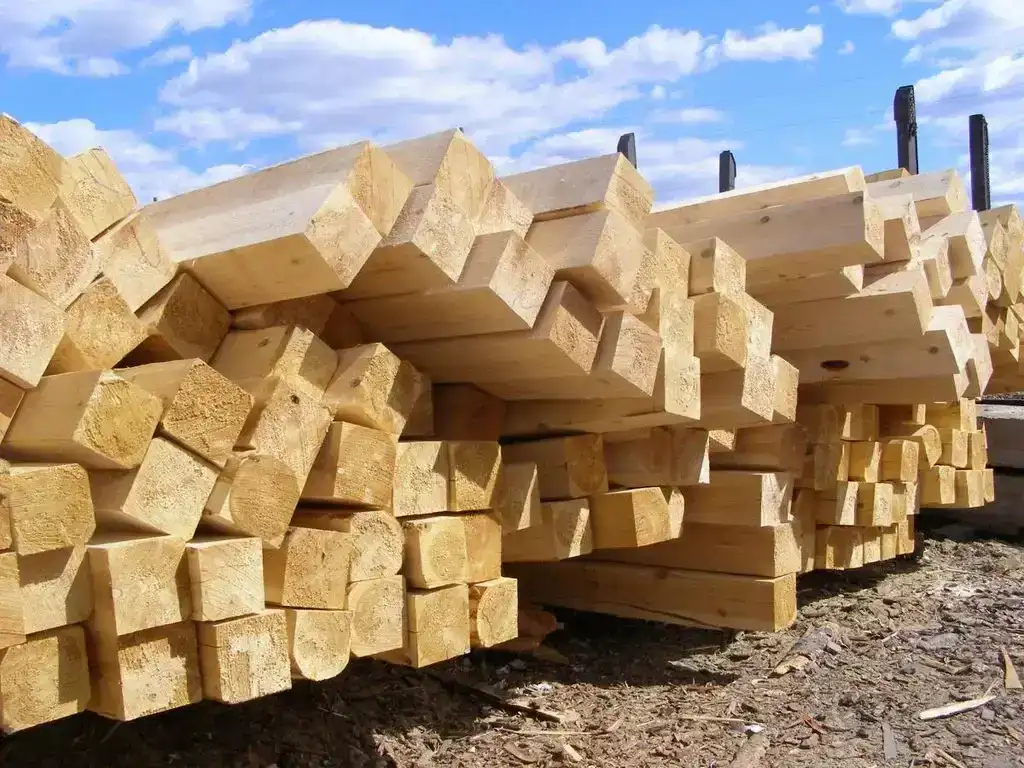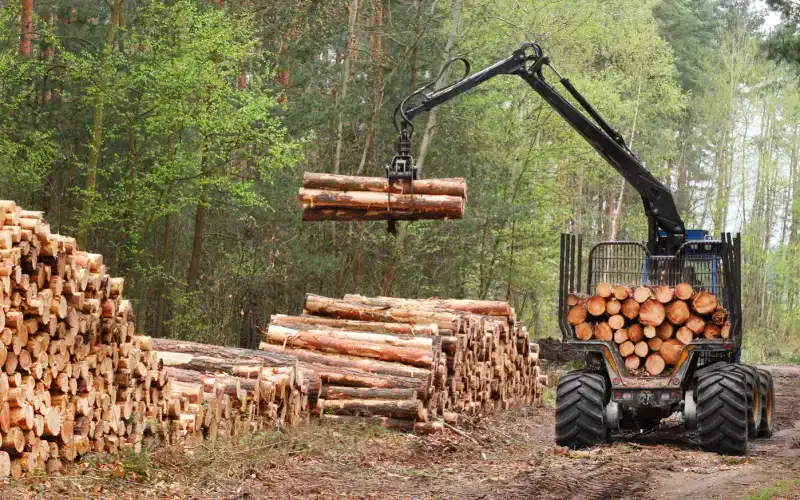Timber, lumber, and wood are materials often used in construction projects, but they have different uses and features. It is important to identify differences between timber, lumber, and wood to choose the best according to the needs.
Wood is the raw material that directly comes from trees. Timber is the refined wood that is prepared for construction or building. Where Lumber is a material that is specifically cut into various shapes and sizes for different purposes.
If you’re planning to use these materials in your construction project. It is vital to understand their differences, specific features, and benefits.
Understanding Timber

Timber is the refined wood that is prepared for use in construction and building projects. After a tree is cut, the wood goes through a process called timber harvesting. It is shaped and sometimes treated to make it strong and durable. Timber can be used in many projects, like in building frames, floors, and furniture.
There are different types of timber, including hardwood and softwood. Both have their own uses in construction. Knowing the features of both types helps the builders to choose the right one for the right task.
Understanding Lumber

Lumber is the processed wood that is cut into specific sizes for building and woodworking. Unlike raw timber, lumber goes through steps like sawing, grading, and drying, making it ready for construction use. Lumber types and grades help builders choose the right kind for their projects.
You’ll often see lumber classified as hardwood or softwood, with each type offering different benefits. This processed wood is the major material used in many construction and carpentry tasks. Lumber is a reliable material for projects of all sizes.
Understanding Wood
Wood is a natural material that comes directly from trees before any processing. It’s the raw form of timber and lumber, used for many purposes. Raw wood is used in making furniture, building structures, and crafting various items.
There are different types of wood materials, like hardwood and softwood. They come from different types of trees and have specific uses.
Softwood
Softwood comes from coniferous trees. These are the trees that have needles and produce cones. Trees that produce softwood include pine, cedar, and hemlock. This wood is typically lightweight and easy to use. It is used in framing, flooring, and making furniture. Softwood can be cut and shaped quickly, which helps speed up construction.
Hardwood
Hardwood comes from deciduous trees, which lose their leaves in the fall. These trees include oak, ash, beech, and walnut. Hardwood is known for its strong and sturdy characteristics that make it a good option for construction. It is ideal for furniture, cabinets, doors, etc. Hardwood is generally more expensive than softwood. It is difficult to work with hardwood but it stays for a long time.
Difference Between Timber, Lumber and Wood
Wood |
Timber |
Lumber |
| Raw wood directly comes from trees | Processed wood made for construction | Wood that is cut in specific sizes and grades for various purposes |
| Unprocessed | Partially processed | Fully processed |
| Use in Furniture, art, crafting | Structural building projects, carpentry | Construction, carpentry, furniture |
| Examples include furniture, doors | Examples include framing houses, flooring, large construction projects | Examples include furniture, wall panels |
| $2 to $10 per board foot |
$5 to $15 per board foot | $3 to $12 per board foot |
Which One is Best? Conclusion
Choosing between wood, timber, and lumber depends on your project needs. If you need raw materials, wood is the natural choice. For construction projects, timber is ideal since it’s prepared for building use. While Lumber is cut to specific sizes, making it versatile for construction, furniture, and carpentry.
Understanding the benefits and types of each, like hardwood vs. softwood, or processed wood vs. natural wood—will help you select the best material for your specific project.



